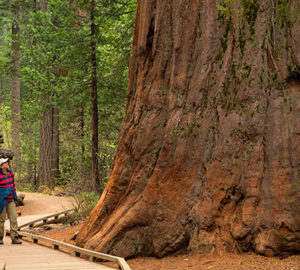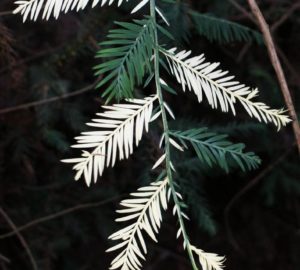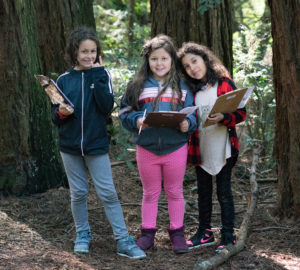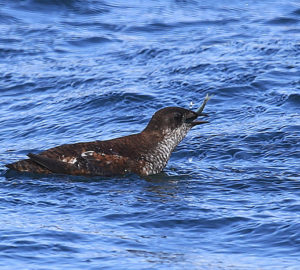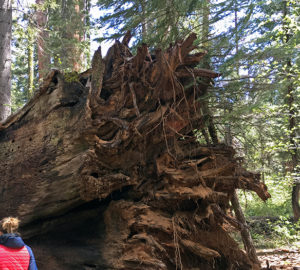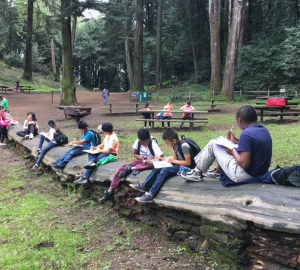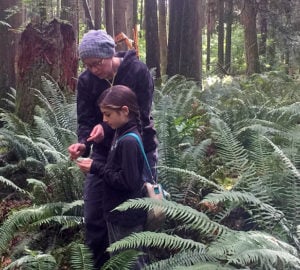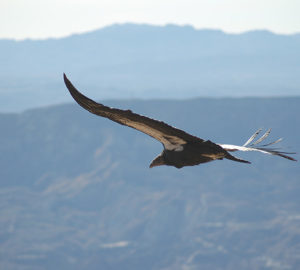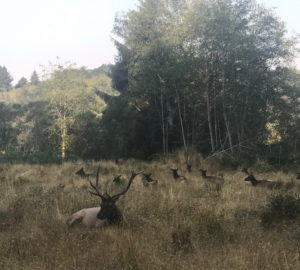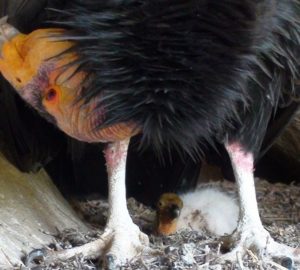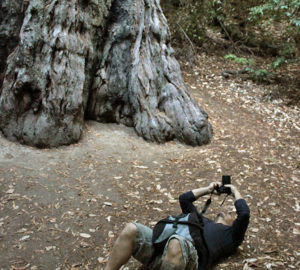Tips for summer travel to the redwoods
onEvery summer, millions of people from around the world descend on California’s redwood country, the central and northern coast redwood forests, as well as the giant sequoia groves in the Sierra. But with the continuing COVID-19 crisis, summer 2020 is shaping up to be a travel season like no other before it.




